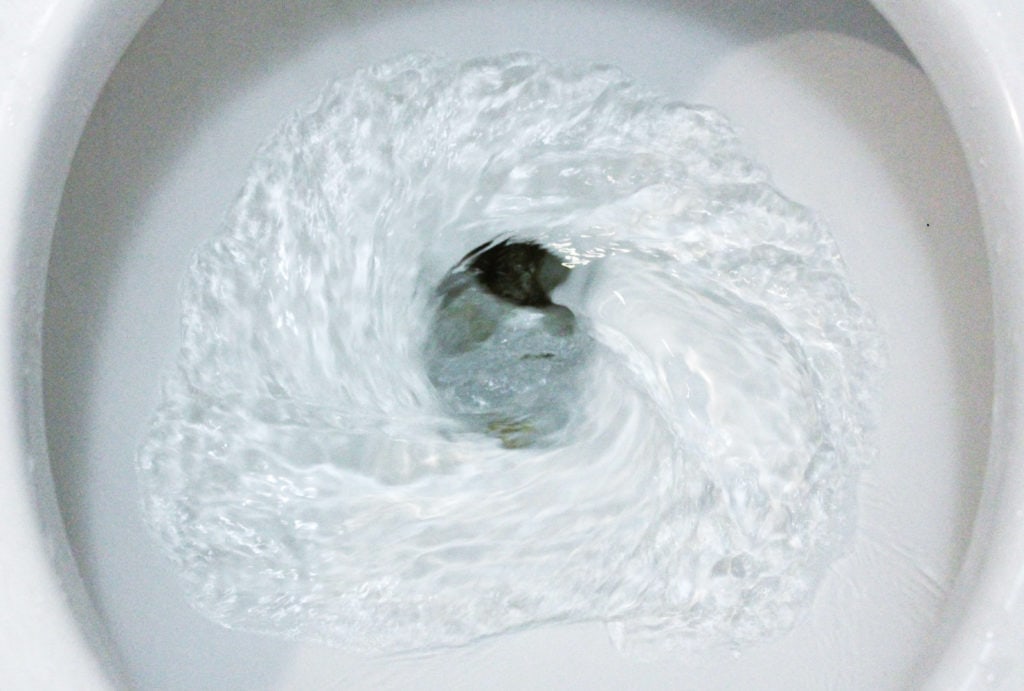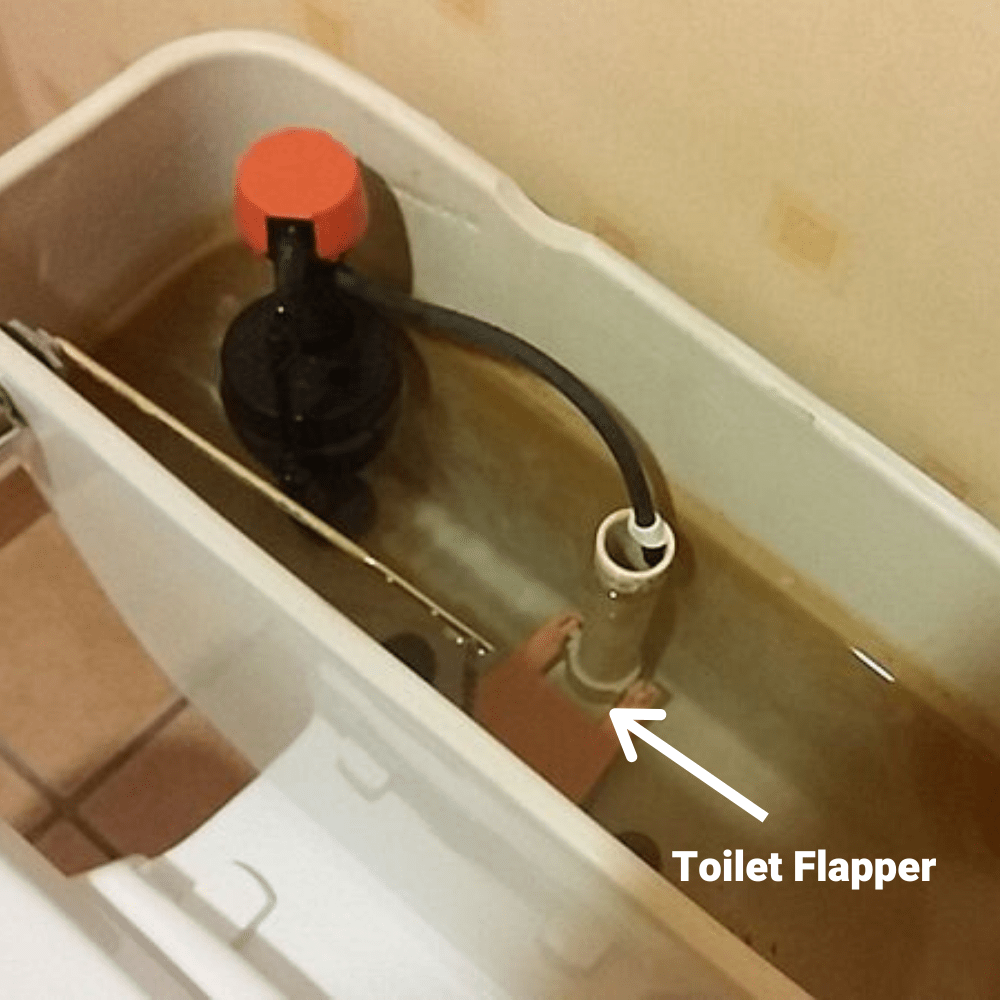We all know the annoying sound of a constantly running toilet. We jiggle the handle and sometimes that works just fine. But it will need to be fixed once and for all eventually because a running toilet will run up your water bill. It’s normal for your toilet to run for about 30 seconds after a flush; but if your toilet runs non-stop, you have a problem.
A running toilet could waste 3 to 4.5 gallons per minute. That’s almost 300 gallons per hour, which adds up to 6,480 gallons per day. A leaking flapper—which may not make a noticeable running sound—can waste up to 200 gallons of water per day. That may not seem like a lot, but you’ll notice an unpleasant change in your water bill.
Recommended Read: The Top Compact Toilets for a Small Bathroom Reviewed
In This Article We'll Discuss
Common causes for a running toilet

The float is maladjusted. The float is in the shape of a small ball. It is joined to the toilet fill valve through a long metal rod.
One of the most common causes for a running toilet is excess water leaking down into the bowl from the tank through the overflow tube. This happens when there is too much water in the tank.
It could be a deteriorating flapper that needs to be replaced. When flappers get old, they don’t seal the way they should, allowing water to flow constantly from the toilet tank into the bowl.
Recommended Read: The Best Toilet Repair Kits for a Powerful Flush Reviewed
Another cause of a running toilet issue is the refill tube is too long to be effective. In this case, the refill tube is always pumping water into the bowl because it isn’t positioned properly in the overflow tube.
What problems can a running toilet cause?
Beyond the huge water bills running toilets can produce, they can also damage your home if water is actually leaking out of the bowl or tank.
A running toilet can flood out quickly, so it is not something to ignore. If your toilet overflows immediately after a flush, it could be that the toilet itself is clogged. Stop the flow of water into the toilet to minimize flood damage.
Recommended Read: Best Padded Toilet Seats for a Comfortable Sit
Carefully remove the tank lid and press down on the flapper valve (note: the water inside the tank is clean). This will prevent any more water from getting into the bowl, stopping water from overflowing over the sides. Address the clog by using a plunger. If that does not solve the problem, it is time to call in a professional.
Overflowing is a worst-case scenario. Usually, running toilets just run.
How much money is a running toilet wasting?
Let’s do the math. If you have a standard 1.5-gallon toilet, it takes about 30 seconds for the tank to refill from a normal flush. That is 1.5 gallons per flush or per 30 seconds, or 3 gallons per minute.
- 60 minutes per hour x 24 hours per day = 1,440 minutes per day
- 1,440 minutes per day x 3 gallons of water per minute = 4,320 gallons of water per day
- 7 days per week x 3 weeks = 21 days
- 4,320 gallons of water per day x 21 days = 90,720
- These issues can run up your water bill by a whopping $60 – $80 per day.
Recommended Read: Best Short Depth Toilets For Small Bathrooms
Quick fixes for a running toilet
Before you begin troubleshooting common running toilet problems, take the following steps.
- Keep small children and pets away from your work area.
- Make sure you have a secure place to lay the toilet lid down. They are often made of easily breakable porcelain.
- Have rubber gloves handy.
- Have a bucket and towels on hand to catch or wipe up water.
- Disconnect the supply line from the tank. (It should be against the wall behind your toilet; turn clockwise until it’s off.)
Float level
With water still in the tank, bend the float arm downward until the float reaches the level that shuts off the water. To lower the water in a toilet with a float arm, loosen or tighten the screw until the float arm lowers. It may need some trial and error to find the exact level.
Flapper
Buy a new flapper. Drain the water from the tank before you replace the flapper by flushing the toilet until empty. Remove the old flapper by disconnecting the flapper chain from the flush handle lever, then slide it off the pegs that extend from the sides of the flush valve tube. Attach the new flapper by hooking each ear of the flapper onto the pegs and joining the flapper chain to the lever.
If your running toilet problems stem from bad refill or overflow tubes, these are not quick fixes. Repairing these tubes yourself will require tools and thorough tutorials.
Conclusion For How Many Gallons of Water Does a Running Toilet Waste
A running toilet may seem like a minor annoyance but as you have learned, it can lead to a lot of problems and higher water bills if ignored. We hope we have helped to solve your problem here.
Let us know what methods you have used to fix a constantly running toilet and if they were successful, in the comments below.



